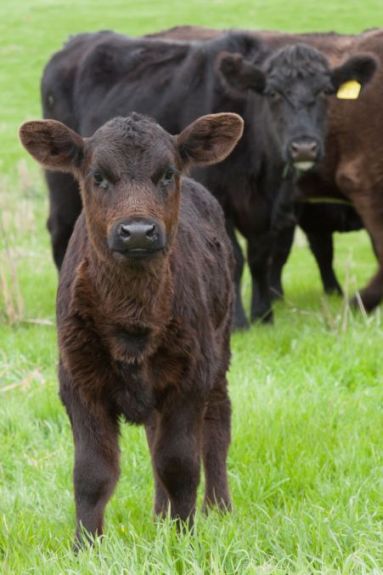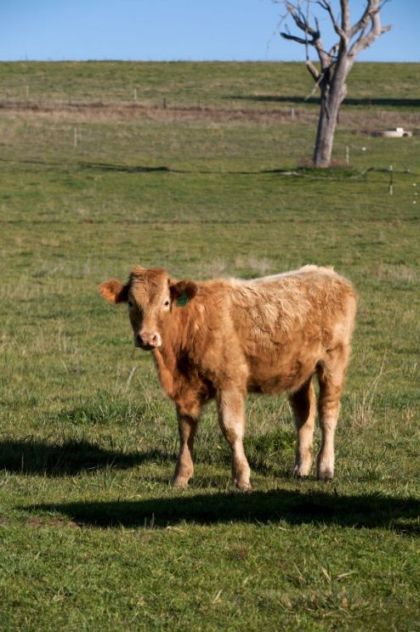Weaner throughput

Key actions
- Assess the fertility and fecundity of your herd using cow condition score and heifer liveweight within the confines of a limited joining period.
- Select cows capable of conceiving within two mating cycles to maintain a 365-day calving interval.
- Select healthy, fertile bulls for mating to achieve normal conception rates and a condensed calving pattern.
- Supervise calving, particularly of heifers, to increase live calves born.
- After weaning, cull all cows who required intensive calving assistance or failed to rear a calf.
- Use age, weight and condition score of cows as indicators for earlier weaning.
- Aim to wean calves when the efficiency of pasture use is greater for the calf alone than for the cow–calf combination.
- Use yard weaning to lift cattle productivity.
- Use higher heifer retention rates to increase selection pressure on cow herd.
Why is maximising weaner throughput important?
Increasing the number of cattle sold each year has a major impact on the profitability of southern beef enterprises. Sales from a beef business include stock bred on the property, cull cows and any purchased trading stock.
Increase throughput to increase profit
The two main components of weaner throughput are:
- total product from the enterprise (number of weaners, saleable product in kilograms)
- stocking rate (discussed in Module 1: Setting directions, Module 2: Pasture growth, and Module 3: Pasture utilisation).
The cow culling policy generates a significant financial return for southern beef enterprises. Higher heifer retention rates allow much greater culling pressure on poor maternal females
Fecundity (number of live calves per breeding female) is not discussed in this module, despite its potential impact on the throughput of weaners and saleable product. There are currently no commercially viable means to increase twinning in Australian commercial beef herds and, unless a high proportion of the herd has twins, the costs involved will not warrant adoption of a high-fecundity strategy.

How does this module assist you?
This module will help you:
- increase the throughput of weaners bred on your property.
- manage your culling strategy for weaner heifers and mature cows
- understand that nutrition drives fertility, and that the allocation of energy to maintenance, growth and reproduction (in that order) is the limiting factor
- recognise the biological constraints imposed on different stock classes, and understand the reallocation of a limiting resources (eg feed) to the most sensitive stock, such as reproductive heifers and growing stock.
The information in this module will help you to manage selected animals prior to mating and right through to the weaning stage.

Linkages to other modules
The throughput of animals is also linked with issues discussed in Module 1: Setting directions, Module 3: Pasture utilisation and Module 7: Meeting market specifications.
Post-weaning management of progeny and the treatment of cull animals are incorporated into Module 7: Meeting market specifications. Genetic improvement of fertility, mothering ability and growth are discussed in Module 4: Cattle genetics.
The management of common reproductive diseases that infect beef herds is outlined in Module 6: Herd health and welfare.
Principles of maximising weaner throughput
- Manage the herd to maximise fertility and weaner throughput.
- Manage livestock feed consumption and better allocate high quality pasture to maximise reproductive function and turn-off of sale cattle.
- Minimise the total consumption of pasture by the breeding herd to fulfil biological function, while ensuring cows and calves have access to sufficient quality and quantity of pasture to maximise throughput.
- Manage weaner cattle post-yard weaning to achieve target growth rates by manipulating feed allocation to ensure future performance.
Procedures for maximising weaner throughput
- Procedure 1 – Maximise live calves
- Procedure 2 – Control mating period
- Procedure 3 – Wean early
- Procedure 4 – Female culling and replacement policy
